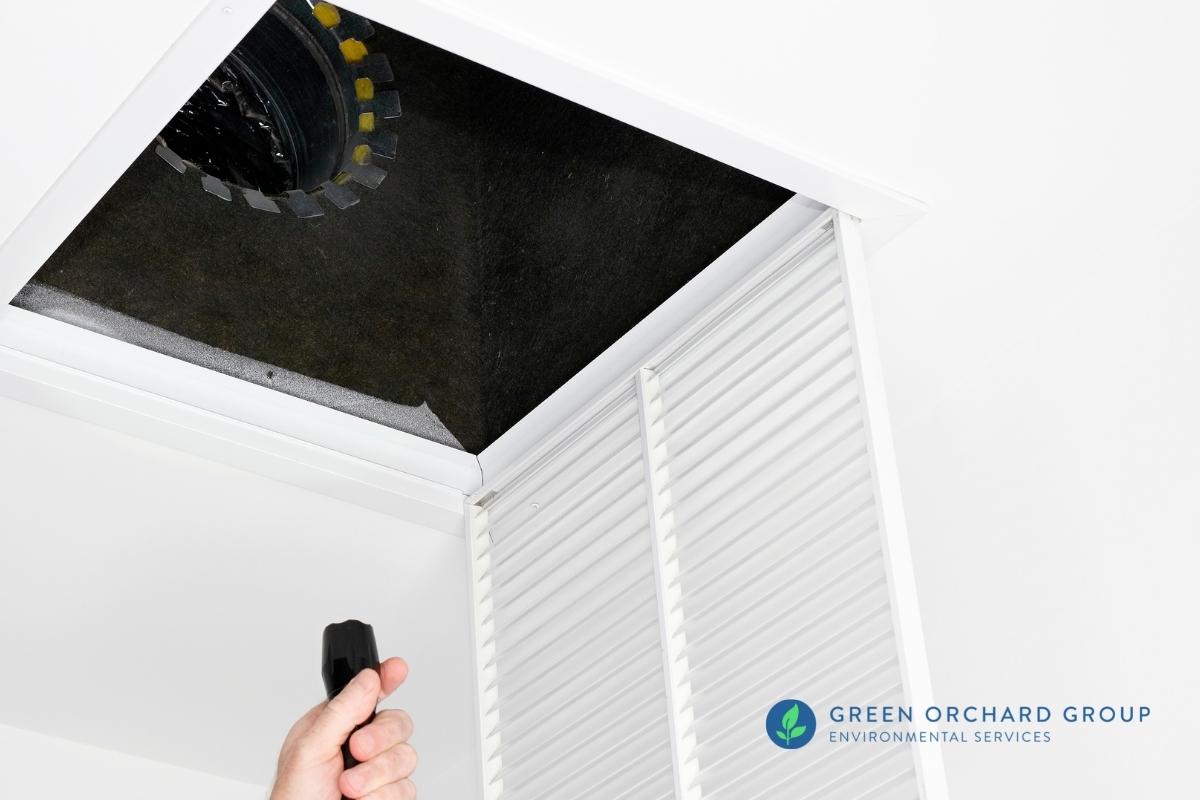Making Certain Post Remediation Verification Precision
Making Certain Post Remediation Verification Precision
Blog Article
Your Ultimate Overview to Article Mold And Mildew Removal Methods
In the after-effects of mold invasion, knowing exactly how to properly remove the mold and avoid its reoccurrence is extremely important for preserving a healthy and balanced indoor setting. From selecting the appropriate cleaning and sanitizing methods to applying methods for long-term mold and mildew avoidance, each step in the removal trip plays a critical duty in guaranteeing an effective result.
Comprehending Post-Mold Remediation Process
After completing the mold and mildew removal process, it is crucial to understand the post-mold remediation methods that are essential to make sure a effective and complete cleaning. As soon as the mold and mildew has actually been eliminated, the following action includes cleansing and sanitizing the impacted areas to avoid any regrowth of mold. This includes utilizing specialized cleaning up representatives to wipe down surface areas and kill any staying mold and mildew spores. It is necessary to dry out the area entirely to inhibit the development of mold in the future (After mold remediation). Correct air flow and dehumidification can assist in this process.
Moreover, conducting a last assessment post-remediation is crucial to guarantee that all mold and mildew has actually been efficiently gotten rid of. This examination should involve a complete aesthetic check as well as perhaps air tasting to verify the absence of mold spores airborne. If the inspection exposes any kind of sticking around mold, extra removal might be required. Finally, enlightening occupants on precautionary actions such as controlling moisture levels and immediately resolving any water leaks can help maintain a mold-free environment.
Reliable Cleansing and Disinfecting Methods

Stopping Future Mold And Mildew Development

Importance of Correct Ventilation
Proper air flow plays an important function in avoiding moisture buildup, a key consider mold development within indoor environments. Effective ventilation systems assist eliminate excess moisture from the air, lowering the possibilities of mold spores discovering the moisture they need to sprout and spread. Without sufficient ventilation, interior areas can end up being a reproduction ground for mold and mildew, causing potential wellness risks and structural damages.
By guaranteeing correct air blood circulation, air flow systems can additionally assist in drying out moist locations a lot more swiftly after water damage or flooding occurrences, further discouraging mold and mildew development. testing air quality after mold remediation. Precede like restrooms, kitchen areas, attic rooms, and cellars where dampness levels tend to be greater, installing and maintaining efficient ventilation systems is vital in protecting against mold problems

Tracking and Maintenance Tips
Provided the essential duty that proper air blog flow plays in preventing mold and mildew development, it is crucial to develop effective monitoring and maintenance tips to make sure the ongoing performance of ventilation systems. Regular evaluations of ventilation systems need to be conducted to examine for any kind of indications of obstructions, leakages, or malfunctions that can hamper proper air movement. Tracking moisture levels within the property is additionally vital, as high humidity can contribute to mold development. Mounting a hygrometer can help track humidity levels and alert house owners to any type of spikes that might need interest. In addition, ensuring that air filters are routinely cleaned up or changed is important for preserving the effectiveness of the ventilation system. Applying a schedule for routine upkeep tasks, such as air duct cleaning and HVAC system evaluations, can aid avoid concerns before they rise. By staying conscientious and aggressive to the condition of ventilation systems, property proprietors can successfully reduce the risk of mold regrowth and preserve a healthy indoor atmosphere.
Final Thought
Finally, post-mold removal strategies are important for making sure a risk-free and clean atmosphere. Recognizing the process, implementing efficient cleansing and disinfecting techniques, stopping future mold and mildew development, preserving correct air flow, and routine monitoring are all crucial action in the remediation procedure. By following these standards, you can effectively eliminate mold and mildew and avoid its return, promoting a healthy and balanced living or working space for all passengers.
In the aftermath of mold and mildew invasion, understanding just how to efficiently eliminate the mold and stop its reoccurrence is critical for keeping a healthy interior environment. Once the mold and mildew has been gotten rid of, the next action involves cleaning and disinfecting the influenced locations to avoid any kind of regrowth of mold - Post Mold remediation cleaning. After eliminating visible mold and mildew growth, it is crucial to cleanse all surface areas in the damaged location to get rid of any continuing to be mold and mildew spores. To better improve mold and mildew avoidance procedures, it is vital to deal with underlying concerns that at first led to mold development.Offered the vital role that correct ventilation plays in protecting against mold and mildew growth, it is necessary to develop effective surveillance and maintenance ideas to guarantee the ongoing performance of ventilation systems
Report this page